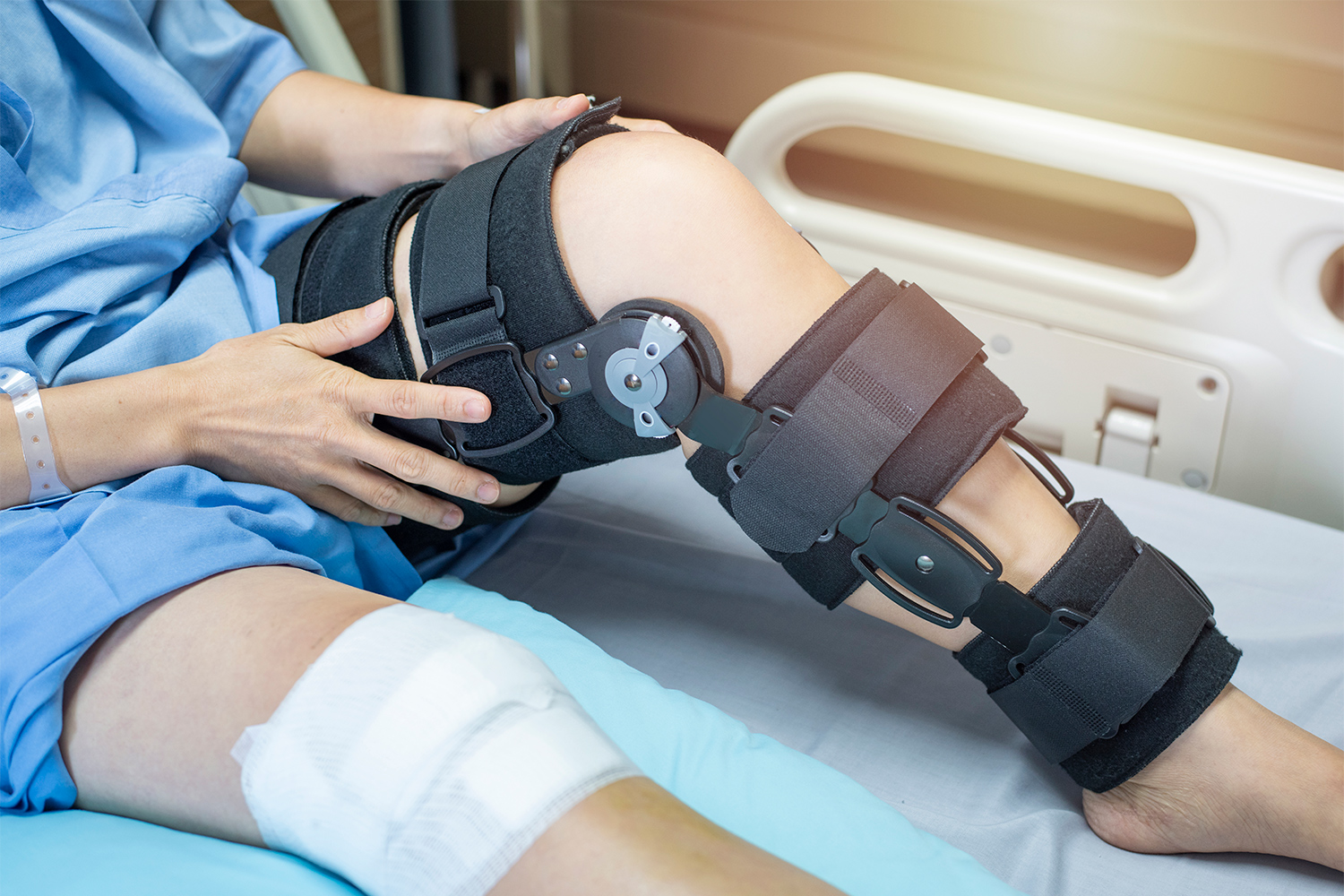
Knee ligament injuries—particularly those affecting the ACL, PCL, MCL, and LCL—are among the most common musculoskeletal injuries, especially in athletes and active individuals. Fortunately, ongoing innovations in orthopedic care are revolutionizing how these injuries are diagnosed, treated, and rehabilitated. From advanced imaging techniques to cutting-edge surgical procedures and regenerative medicine, the future of knee ligament care is more promising than ever.
1. Advanced Diagnostic Tools
One of the key advancements in orthopedic care is the development of high-resolution imaging technologies. Innovations such as 3D MRI and dynamic ultrasound imaging allow orthopedic specialists to visualize ligament damage with greater precision. These tools help clinicians detect partial tears, assess surrounding tissue damage, and plan more effective treatment strategies early on.
2. Minimally Invasive Surgical Techniques
Traditionally, severe knee ligament injuries required open surgery and lengthy recovery times. However, arthroscopic surgery has transformed the field. This minimally invasive procedure uses small incisions and a camera to repair ligaments with less trauma to surrounding tissues, resulting in:
-
Reduced postoperative pain
-
Faster recovery times
-
Lower risk of infection
-
Minimal scarring
3. Robotic-Assisted Surgery
Another significant leap in orthopedic innovation is the use of robotic-assisted surgical systems. These systems allow for greater surgical precision, particularly during ligament reconstruction procedures. Robots assist surgeons in aligning grafts with pinpoint accuracy, improving long-term outcomes and joint stability for patients.
4. Biologic Therapies and Regenerative Medicine
One of the most exciting developments in knee ligament care is the integration of biologic therapies, including:
-
Platelet-Rich Plasma (PRP): Injections of PRP concentrate healing factors directly at the injury site.
-
Stem Cell Therapy: Stem cells derived from bone marrow or adipose tissue are used to promote ligament regeneration and reduce inflammation.
These non-surgical treatments are particularly effective for partial ligament tears and have shown great promise in enhancing the body’s natural healing response.
5. Customized Rehabilitation Programs
Rehabilitation has also evolved thanks to data-driven and AI-assisted physical therapy. Wearable devices track a patient’s progress and biomechanics, allowing therapists to tailor programs that optimize recovery and reduce the risk of re-injury. This personalized approach accelerates return-to-play timelines for athletes and ensures a safer recovery for all patients.
6. Smart Bracing and Assistive Technology
Smart knee braces embedded with sensors are now available to support post-surgical recovery. These devices monitor knee movement in real time, providing feedback that helps patients avoid harmful motions and adhere to rehab protocols more effectively.
Also Read: Knee Pain from a Meniscus Tear: How to Manage It
Conclusion
Knee ligament injuries no longer mean months of uncertainty and outdated treatments. Thanks to advancements in orthopedic care—from robotics and regenerative medicine to smart technologies and personalized therapy—the path to recovery is shorter, safer, and more effective than ever before. If you or someone you know is dealing with a knee ligament injury, consult an orthopedic specialist to explore these modern treatment options tailored to individual needs.
Comments on “Innovations in Orthopedic Care for Knee Ligament Injuries”